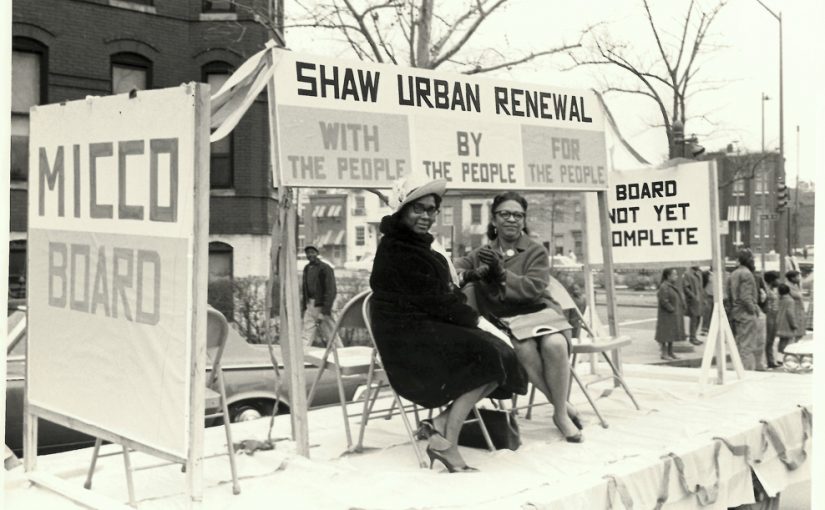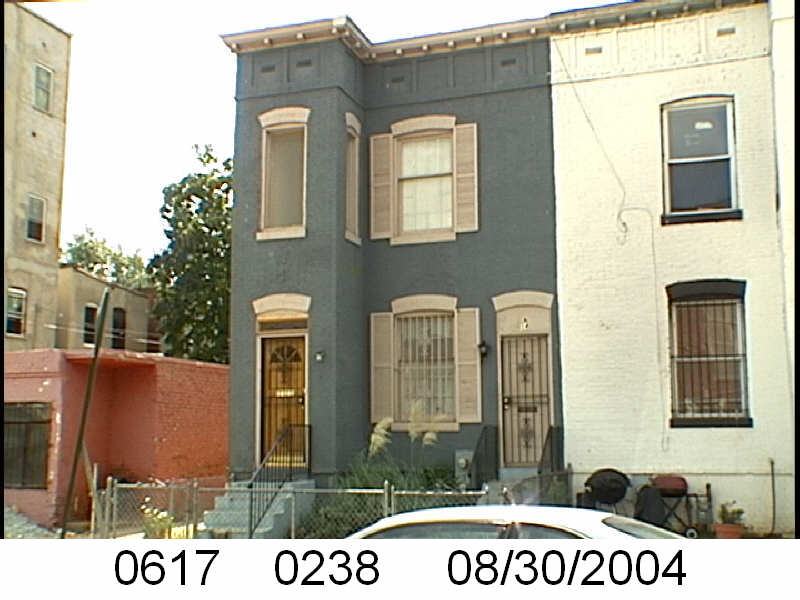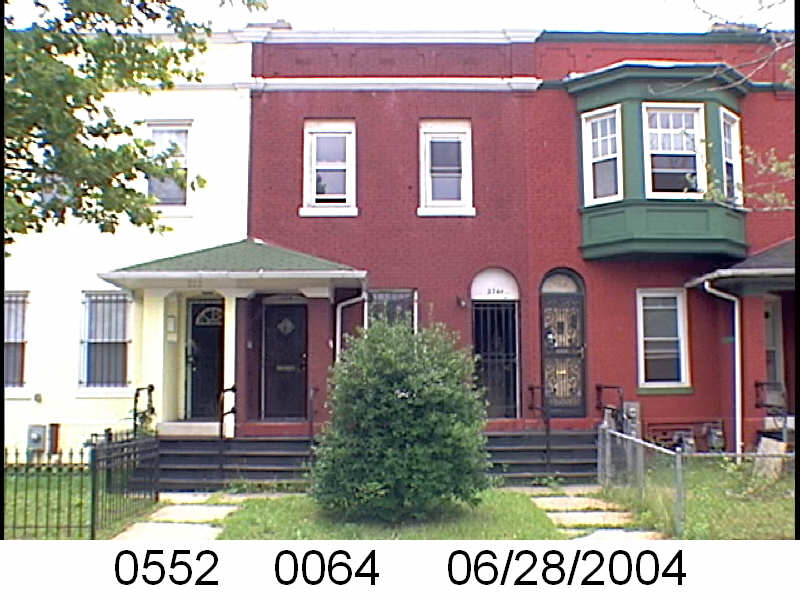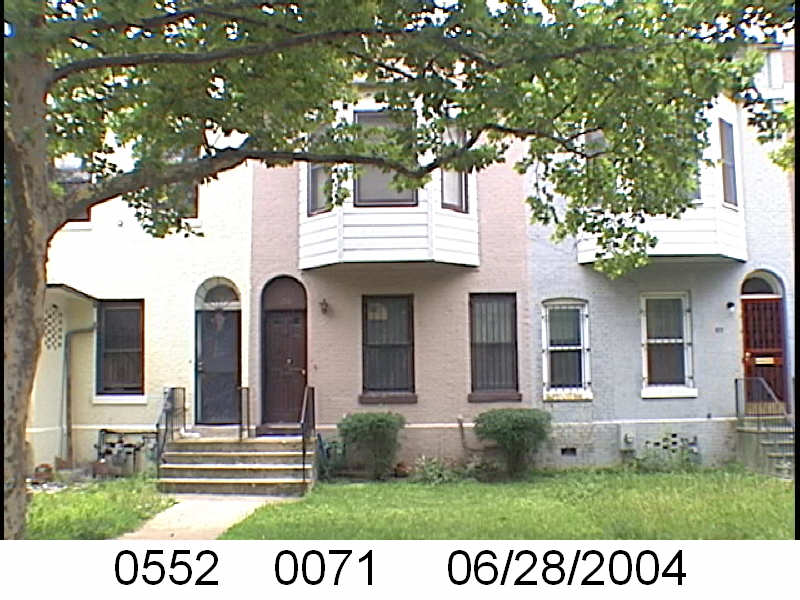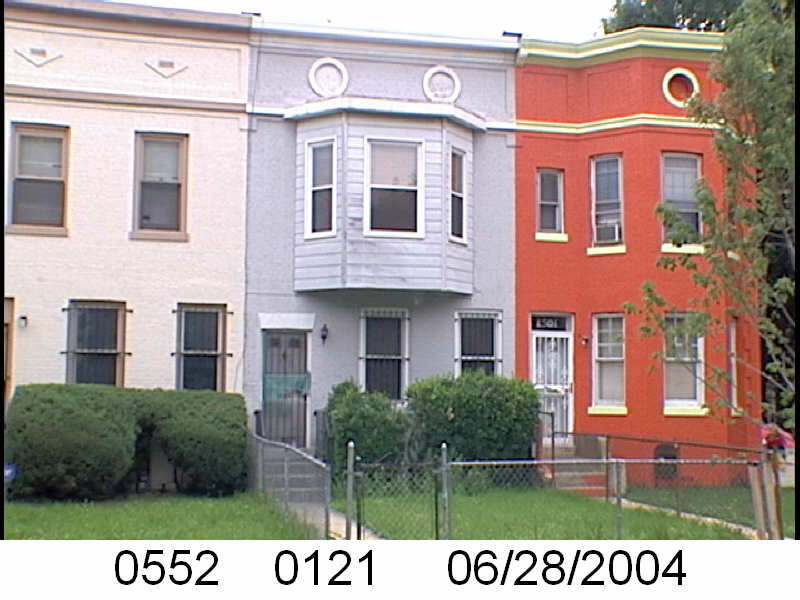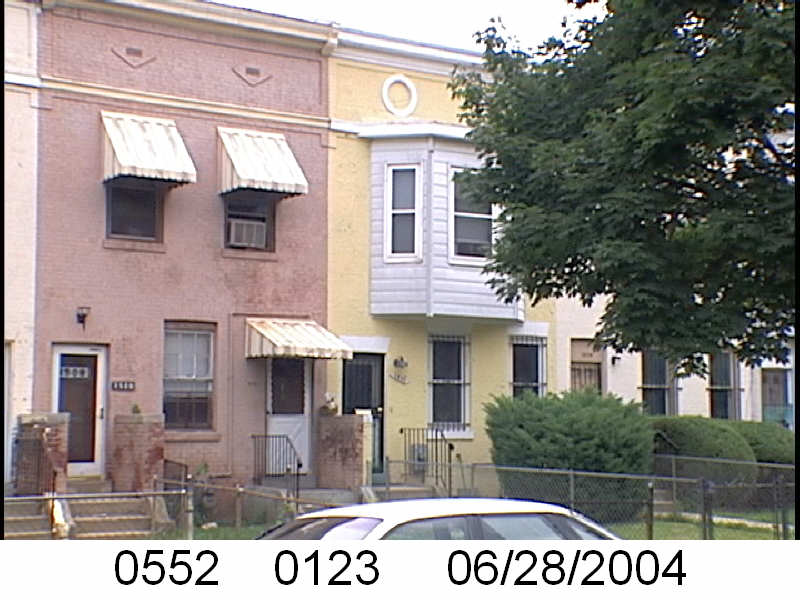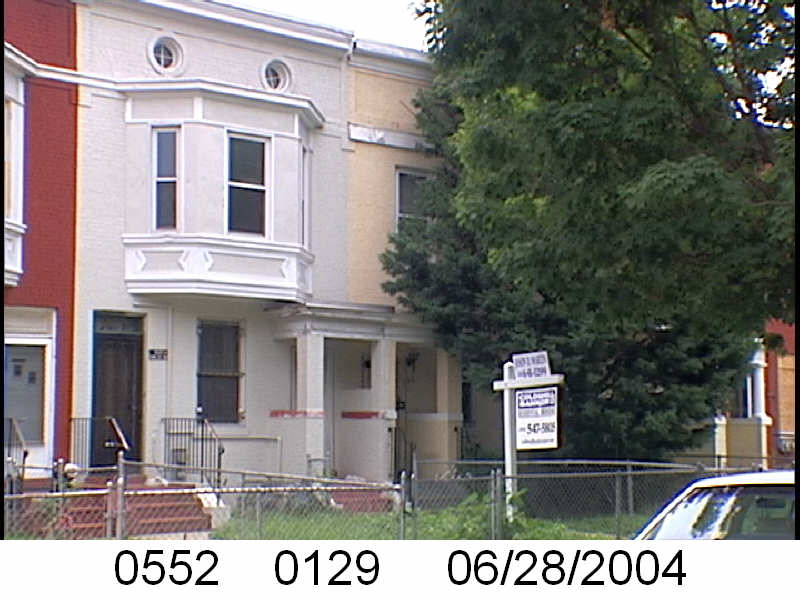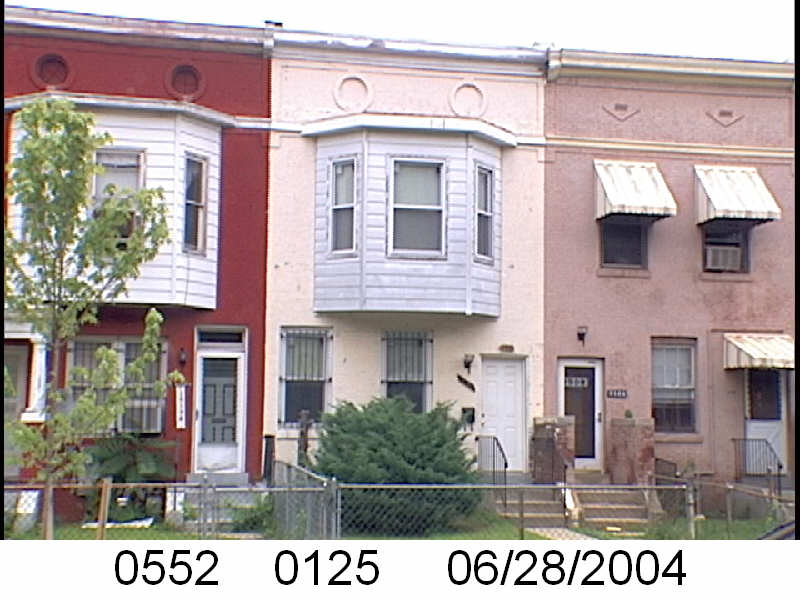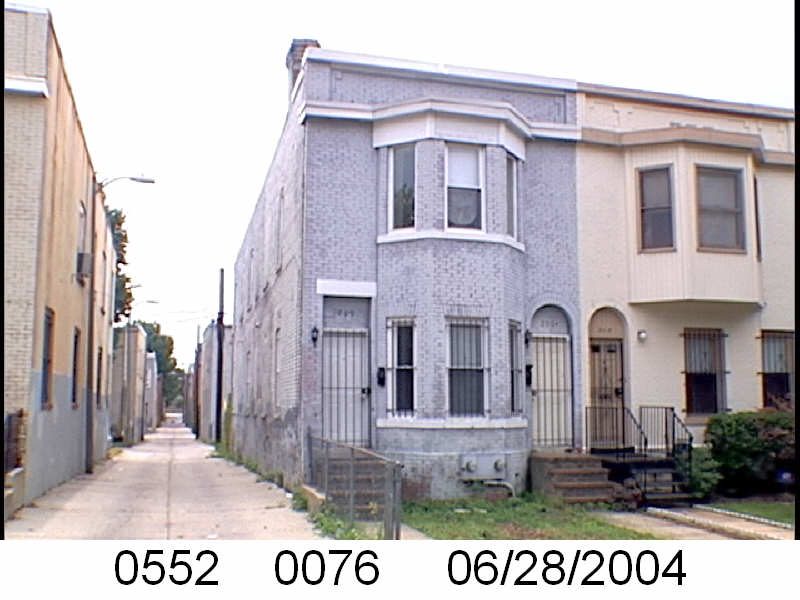It’s Martin Luther King Jr Day so here’s my recycled MLK post.
Around about the early part of the year I go pecking about looking for the speech Rev. Martin Luther King Jr gave in Shaw. And I can never find it when I look. 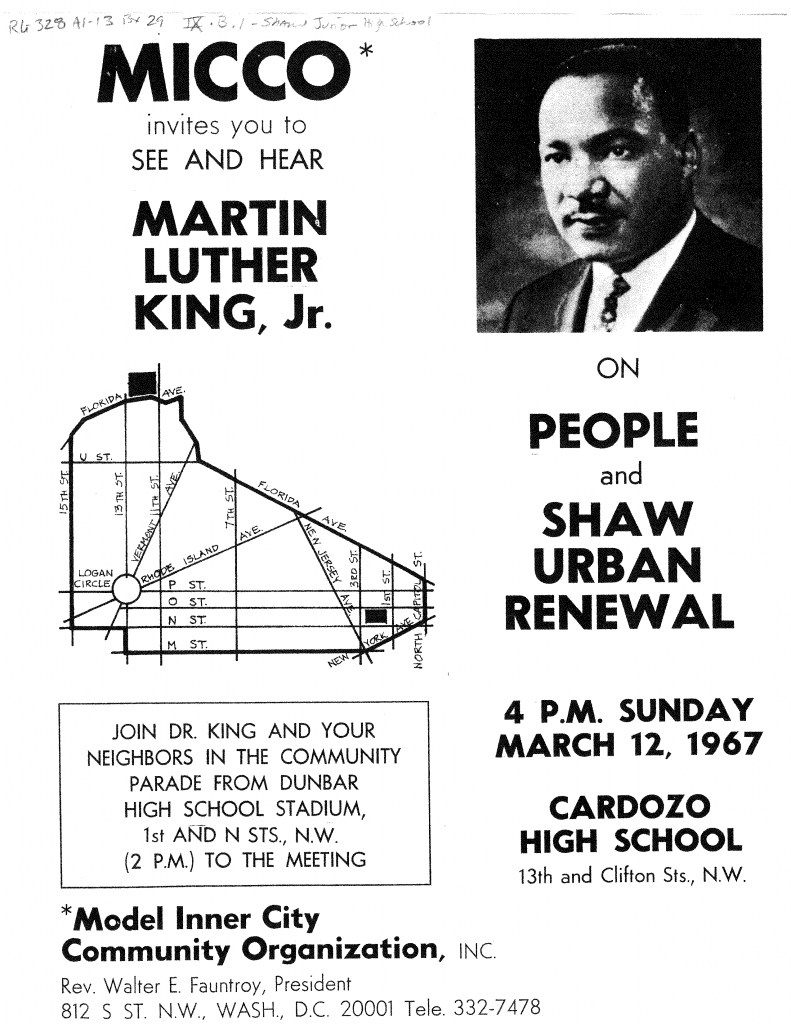
Today I was looking for a 1957 Church survey for a church that was at 1520 3rd St NW. But I can’t find that, but when I was looking for it, guess what I found? Yes, the King speech.
It seems it was part of a newsletter published by MICCO (Model Inner City Community Organization) run by Rev. Walter E. Fauntroy from 812 S St NW, which is New Bethel Baptist Church. As you can see from the above flier, Dr. King had an event in Shaw on March 12, 1967 and the newsletter was published the next day.
DC History Shaw MiccoNews MLK by Mm Inshaw on Scribd
Sorry for the quality of the copy. On the second page the first couple of words in the last 4 lines of the last paragraph are:
city. The
problems of crime
the people there to
that businessmen must
I’ll still look for that church survey…..

